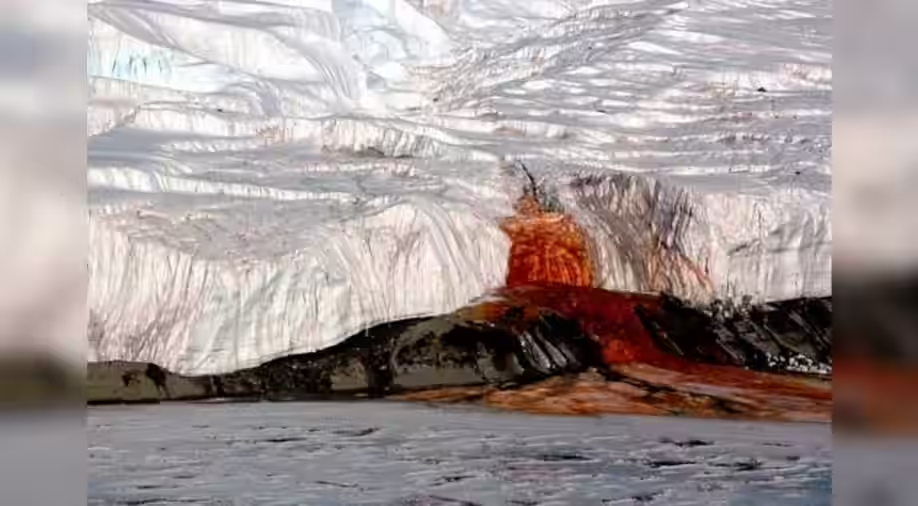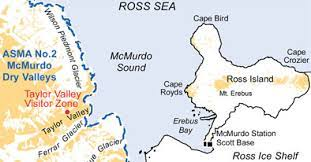Free Courses Sale ends Soon, Get It Now


Free Courses Sale ends Soon, Get It Now



Disclaimer: Copyright infringement not intended.
Context
The discovery of the cause behind the crimson red color of Blood Falls, located in Taylor Glacier in Antarctica.
Details
Discovery of Iron-rich Nanospheres
Challenges in Detecting Nanospheres
Implications for Mars Exploration
Need for Sample Return Missions
About Taylor Glacier
Location and Significance

Disclaimer: Copyright infringement not intended.
|
PRACTICE QUESTION Q)Discuss the significance of Antarctica as a research destination and the challenges faced in conducting scientific studies in the region. (150 words) |
© 2024 iasgyan. All right reserved